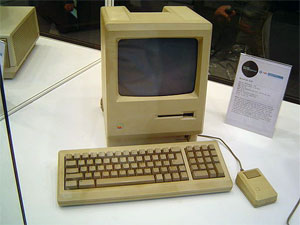
It’s not the only thing the software looks for though. “Since 1999, when SETI@home was released, computers have gotten about a factor one thousand or so faster,” says Eric. “That means that we can do more data analysis. The standard way of looking at radio telescope data for ET signals was to look for narrow band signals, but we don’t know what extraterrestrials do for fun. They might think that bright pulsed signals would be easier for primitive species like us to detect. So we added two ways of detecting pulsed signals. And recently we added what’s called an autocorrelation analysis. It looks at the data for a signal that has been transmitted, and then a short time (a few seconds or a few milliseconds) later it gets transmitted again. In an autocorrelation analysis, any signal, regardless of what its form is, will show up really well. We’re looking at, now, a total of five different types of signals in SETI@home. Three of those had never been looked at before SETI@home came along.”
These searches are all part of an effort to figure out how common intelligent life is in the Universe. Estimates of its prevalence vary wildly between different scientists, but even individual researchers sometimes offer a wide range of possibilities. One way to approach the question is to estimate ranges of values of the parameters in the Drake Equation, developed by SETI pioneer Frank Drake. His equation considers how many stars are being formed in our Galaxy, the fraction of those stars with planets, and how many planets per star lie in the habitable zone where life could arise.
